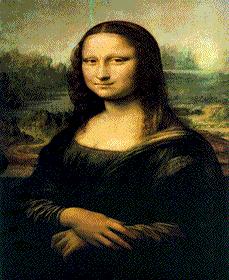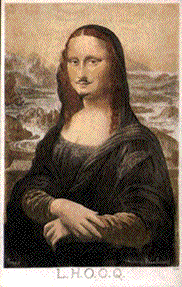Intertextuality can be defined as a dialogue between two texts. Observe the two texts below and note how Murilo Mendes (20th century) refers to the text by Gonçalves Dias (19th century):

Note that there is a correspondence between the two texts. Murilo Mendes's joke-parody is an example of intertextuality, since his text was created taking the text by Gonçalves Dias as a starting point.
In literature, and even in the arts, intertextuality is persistent.
We know that every text, whether literary or not, comes from another, either directly or indirectly. Any text that refers to subjects covered in other texts is an example of intertextualization.
Intertextuality is also present in other areas, such as in painting, see the various versions of Leonardo da Vinci's famous painting, Mona Lisa:

Mona Lisa, Leonardo da Vinci. Oil on canvas, 1503.

Mona Lisa, by Marcel Duchamp, 1919.

Mona Lisa, Fernando Botero, 1978.

Mona Lisa, advertising advertisement.
By Marina Cabral
Specialist in Portuguese Language and Literature
Source: Brazil School - https://brasilescola.uol.com.br/redacao/intertextualidade.htm
